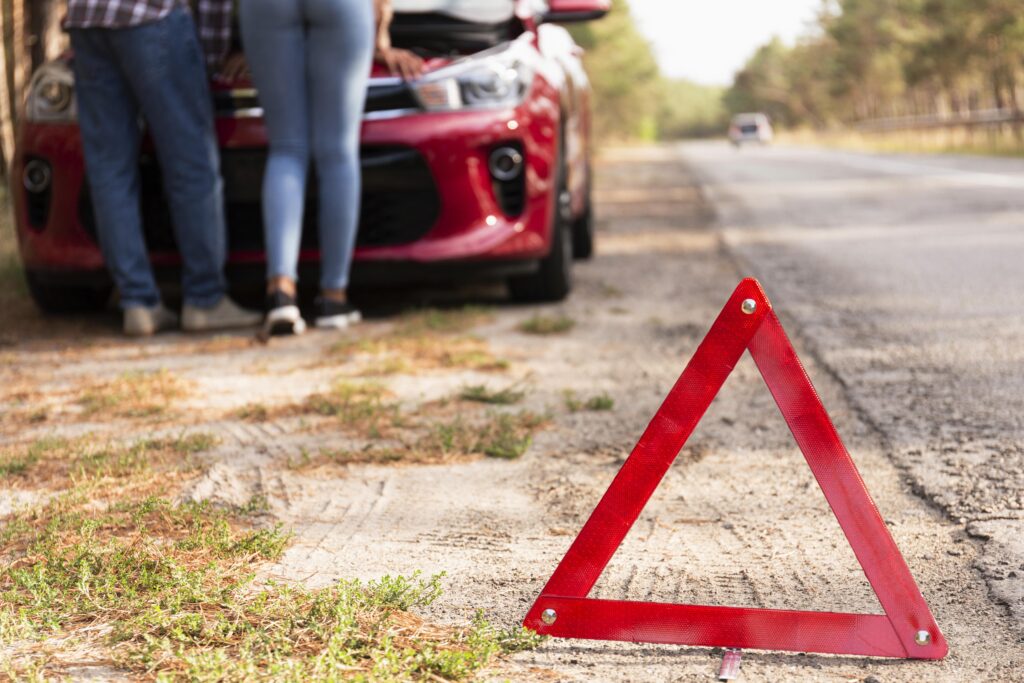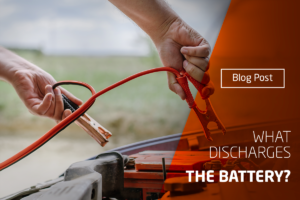Safety and driving comfort depend not only on road conditions or driver’s skills but also on the proper equipment. In this article, you will learn how a car should be equipped and which elements in the car are mandatory and which ones are worth adding to your vehicle to travel comfortably and safely. Check out our practical advice!
What Must the Manufacturer Equip the Car With?
To obtain approval for driving on public roads before introducing a car to the market, the manufacturer must meet a range of standards and requirements, including safety, road lighting, and emissions. However, it’s essential to realize that the issue of how to equip a car for comfortable use that complies with the regulations rests both with the designers and the owner, who must comply with the regulations in their country. Therefore, it’s vital to know how a vehicle should be equipped according to the Traffic Law.
The Code requires drivers not only to follow safe driving principles but also to take care of the car and its equipment. Conducting periodic technical inspections is just one part of it. Vehicle owners are also obliged to promptly remove any faults and defects. This ensures that the car:
- Does not endanger the safety of passengers or other road users.
- Provides the driver with a clear field of vision.
- Enables easy operation of the brakes, steering, and lights.
- Does not damage the road or emit harmful substances in excessive amounts.
Mandatory Car Equipment Elements in 2023
Many drivers wonder what they must carry in their cars to avoid a fine in case of a police check or inspection by authorized authorities. In 2023, only two car equipment elements are mandatory in Poland. What are they?
- A functional fire extinguisher of BC type (for extinguishing liquids and gases) or ABC type (also suitable for solid materials).
- A warning triangle, which should be placed on the road to warn other road users in case of an accident or breakdown.

Regarding the fire extinguisher, it should have a minimum capacity of 1 kg, although slightly larger ones with 2 kg of extinguishing agent are recommended. It’s crucial for the fire extinguisher to have valid homologation and be stored in a place that ensures quick and easy access when needed. As for the warning triangle, the correct homologation sign is essential, along with the appropriate distance and placement method on the road or roadside, depending on the speed at which vehicles can travel on a particular road segment. Additionally, the car must have legible, illuminated, and correctly mounted license plates.
Penalties for Missing Mandatory Vehicle Equipment
It’s worth noting that the absence of mandatory equipment elements in a car on Polish roads may result in a traffic fine. The police can fine you between 20 and 500 PLN for the lack of a fire extinguisher or a warning triangle, which are obligatory equipment elements. Missing or incorrectly placed warning triangles can result in a 300 PLN fine on highways or expressways, or a 150 PLN fine on other roads. A fine of 100 PLN can be imposed for a license plate that is illegible, not illuminated, or obscured.
How Should a Car Be Equipped: Additional Items to Have
In addition to the mandatory car equipment elements, it’s essential to ensure that the vehicle is equipped with additional items that enable the driver to respond correctly in case of problems or dangerous situations on the road. It’s advisable to have items such as:
- A first aid kit: While not mandatory in Poland, it can be helpful for providing first aid.
- Reflective safety vest: Another non-mandatory item that can increase your safety on the road.
- A basic set of repair tools.
- A flashlight and other useful accessories.
- A jack and wheel wrench.
- Spare bulbs and fuses.
- Jumper cables for starting the vehicle with another car’s battery.
Spare Tire or Repair Kit?
Many drivers are accustomed to carrying a spare tire in their car. While older vehicles should be equipped with one, newer cars may no longer have this feature. Manufacturers often offer a modern solution, which is a tire repair kit. Comprising a sealant and compressor, this kit allows for quick and convenient tire repairs on the road without the need to remove and replace the tire.

Missing Mandatory Equipment Abroad – Will You Get a Fine?
Many people planning international trips often wonder how their cars should be equipped to avoid fines in other countries. According to the Vienna Convention, drivers are obliged to equip their cars with mandatory elements required in their country of residence. In practice, this means that, for example, in Croatia, where carrying a carfirst-aid kit is mandatory, you cannot be fined for not having one.





